Glaucoma: A Public Health approach to preventing blindness
Develop a public health understanding of glaucoma, its lifelong management, and raising awareness for better quality eye care.
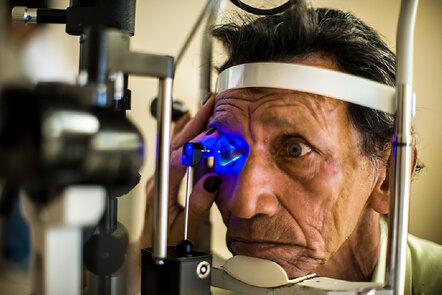
Week 1 : What is glaucoma and why is it important?
Click to see week 1 content
Welcome to the course & Week 1
A welcome to the course from the teaching team and an initial opportunity to introduce yourself. Activities look at how we understand glaucoma and its impact on individuals and eye health services
What is glaucoma?
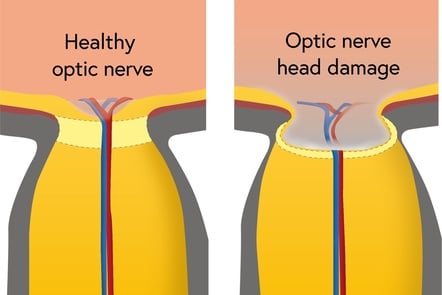 Glaucoma is a general term used to describe a group of eye disorders that damage the optic nerve.
Glaucoma is a general term used to describe a group of eye disorders that damage the optic nerve.
The global burden of glaucoma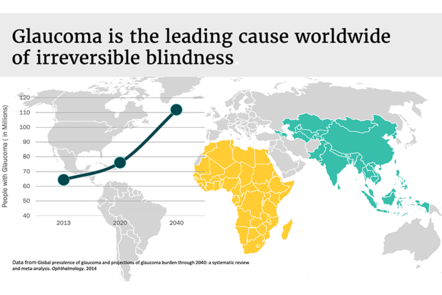 Glaucoma is the second leading cause of blindness globally.
Glaucoma is the second leading cause of blindness globally.
Impact of glaucoma and public health approaches
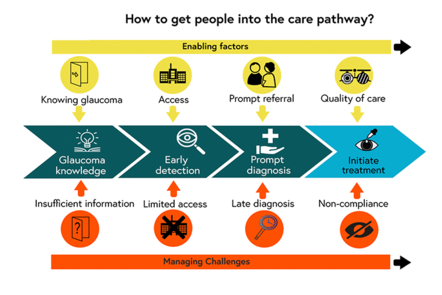
Glaucoma patients often present very late with irreversible vision loss which has far reaching impact on them, their families and the outcome of treatment.
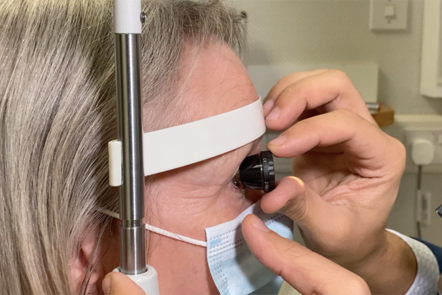
Week 2 : Investigating and monitoring glaucoma – the patient care pathway
Click to see week 2 content
The importance of investigating glaucoma
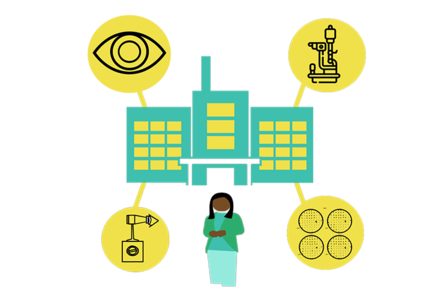 Glaucoma diagnosis is a complex process as it produces no signs until it affects the eye and causes a loss of vision partially or entirely.
Glaucoma diagnosis is a complex process as it produces no signs until it affects the eye and causes a loss of vision partially or entirely.
Key investigations for glaucoma

Gonioscopy is essential to determine if the the patients has an open or closed iris-corneal angle.
Decision making for glaucoma
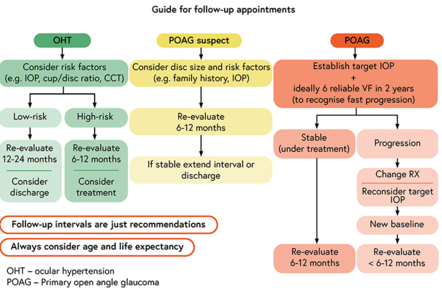
Decisions about the diagnosis are made based on findings from essential investigation of the eye and its function and this will guide the Ophthalmologist on the severity of the glaucoma and how often the patient needs to be seen.
Webinar Glaucoma experts discuss their challenges and share their views on technologies and services that need to be implemented to address the growing burden of vision loss from glaucoma.
Glaucoma experts discuss their challenges and share their views on technologies and services that need to be implemented to address the growing burden of vision loss from glaucoma.
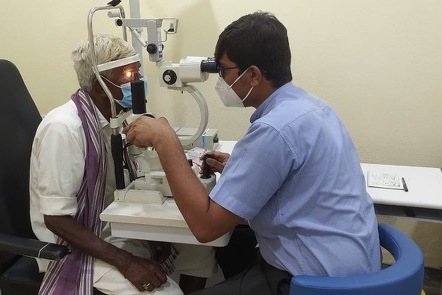
Week 3 : Delivering a glaucoma eye care programme
Click to see week 3 content
Glaucoma services: patient and provider perspectives

Across all health services a relationship is established between the patients and the health provider. For glaucoma care this relationship is lifelong.
Key components of a glaucoma service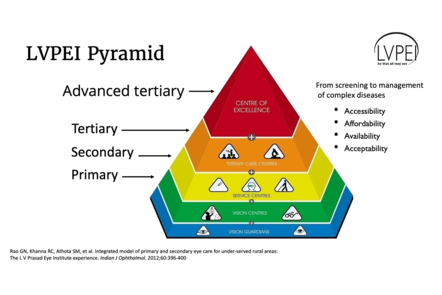 Service provision and referral pathway alignment is an important consideration for glaucoma management
Service provision and referral pathway alignment is an important consideration for glaucoma management
Programme approaches for service delivery and patient support
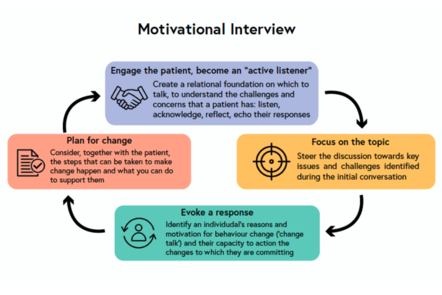
Patient support and counselling has to be integral to the glaucoma programme and lifelong management for the patients.
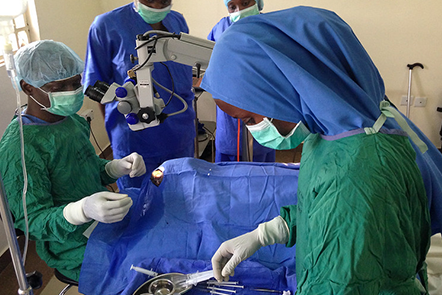
Week 4 : Management of glaucoma
Click to see week 4 contents
Primary open-angle glaucoma: Who to treat and how
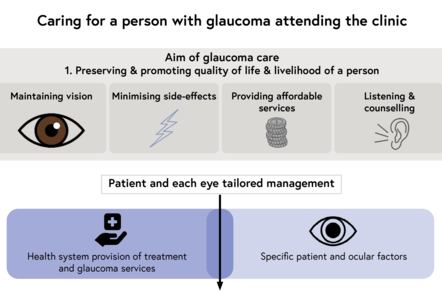
The aim of glaucoma care is to preserve and promote the quality of life of a person.
Treatment options for open-angle glaucoma

Treatment can be medical, surgical or lasers for glaucoma on their own or in combination to address the specific requirements for every patient.
Recognising and treating angle-closure glaucoma
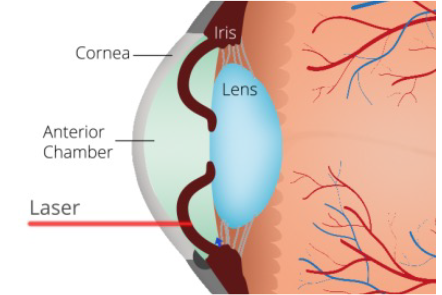 Iridocorneal angle closure is the fundamental problem in primary angle-closure glaucoma, while elevated intraocular pressure (IOP) is a consequence of angle closure.
Iridocorneal angle closure is the fundamental problem in primary angle-closure glaucoma, while elevated intraocular pressure (IOP) is a consequence of angle closure.
Managing the consequences of glaucoma and related vision loss

The negative impact of blind, painful eyes due to glaucoma on patients’ quality of life cannot be underestimate
Course summary
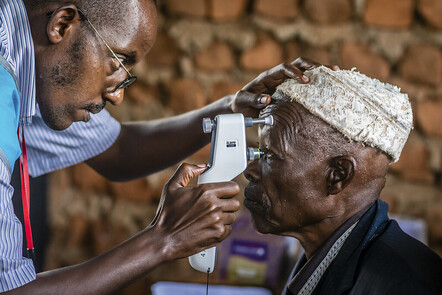
Glaucoma management is lifelong. The public health approach is to develop a close link between the patient and the health system to prevent blindness
